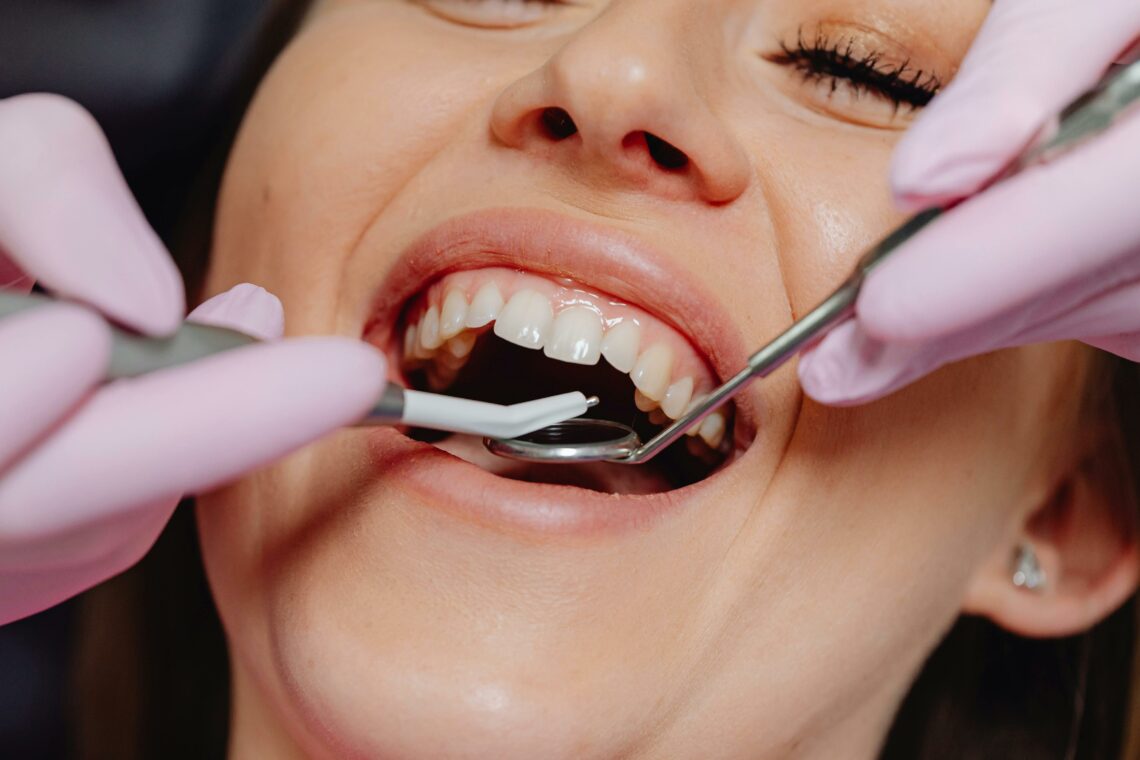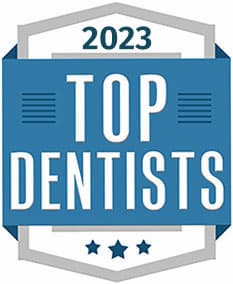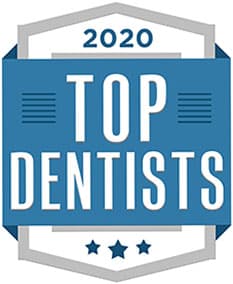Spoiler alert: this is a fairly gross blog post. Nevertheless, it’s an important topic, which is why we feel compelled to ensure you know the signs of gum disease so that you can do something about it.
Gum disease, also known as periodontal disease, is a common but often underestimated dental condition that can wreak havoc on your oral health if left untreated. The tricky thing about gum disease is that it can sneak up on you without much warning, silently causing damage until it reaches advanced stages.
That’s why understanding the signs and symptoms is crucial for early detection and effective treatment. You’ll want to watch out for the following…
Bleeding gums
Granted, this seems a little obvious. But, we’re not talking about spontaneous bleeding here. The fact is, healthy gums should not bleed during regular activities like brushing or flossing. Be honest. How many of you have noticed a dribble of blood after flossing, especially if you haven’t flossed in a while. If you notice bleeding, especially on a consistent basis, it could be a sign of gum disease. Call us!
Persistent bad breath
Bad breath is, of course, never good and always embarrassing. Still, occasional bad breath is normal; however, persistent halitosis can indicate an underlying issue such as gum disease. This is often caused by the buildup of bacteria in the mouth. How gross is that?
Receding gums
Another unpleasant symptom of gum disease is receding gums. In other words, if your gums appear to be pulling away from your teeth, leaving more of the tooth exposed, it may be a sign of gum recession, which is commonly associated with gum disease. Why might your gums be pulling away? See section above. Who could blame them, really?
Swollen or tender gums
Fact: healthy gums are firm and pink. So, if you see swelling, redness, or tenderness, it could be a sign of inflammation, which is a hallmark of gum disease. This is both gross and painful.
Loose teeth
This is a doozy. Advanced gum disease can cause the supporting structures of the teeth to deteriorate, leading to tooth mobility or looseness. This translates as, “if you notice any changes in the way your teeth fit together or if they feel loose, it’s essential to call us right away.”
Pain while chewing
It’s nearly impossible to enjoy a meal if your teeth or gums distract from the experience. Discomfort or pain while chewing could indicate gum disease, especially if it’s accompanied by other symptoms like swollen gums or bleeding. Back to that gruesome twosome.
Pus between teeth and gums
Cue Captain Obvious: The presence of pus, which may appear as a yellowish substance, along the gumline is a clear sign of infection and requires immediate attention. By immediate, we mean like yesterday. Seriously, this cannot wait a moment longer.
Changes in bite alignment
In line with experiencing pain while chewing, as gum disease progresses, it can affect the alignment of your bite. If you notice changes in the way your teeth come together or if you experience discomfort when biting down, it’s crucial to get in touch with us ASAP.
Bottom line: If you notice any of these signs or symptoms, don’t ignore them. Early intervention is key to preventing the progression of gum disease and preserving your oral health.
We’re here to help you maintain a healthy smile, which is why we’re reminding you to schedule your routine teeth cleaning and comprehensive dental exam today.
Contact us and get ahead of gum disease!






